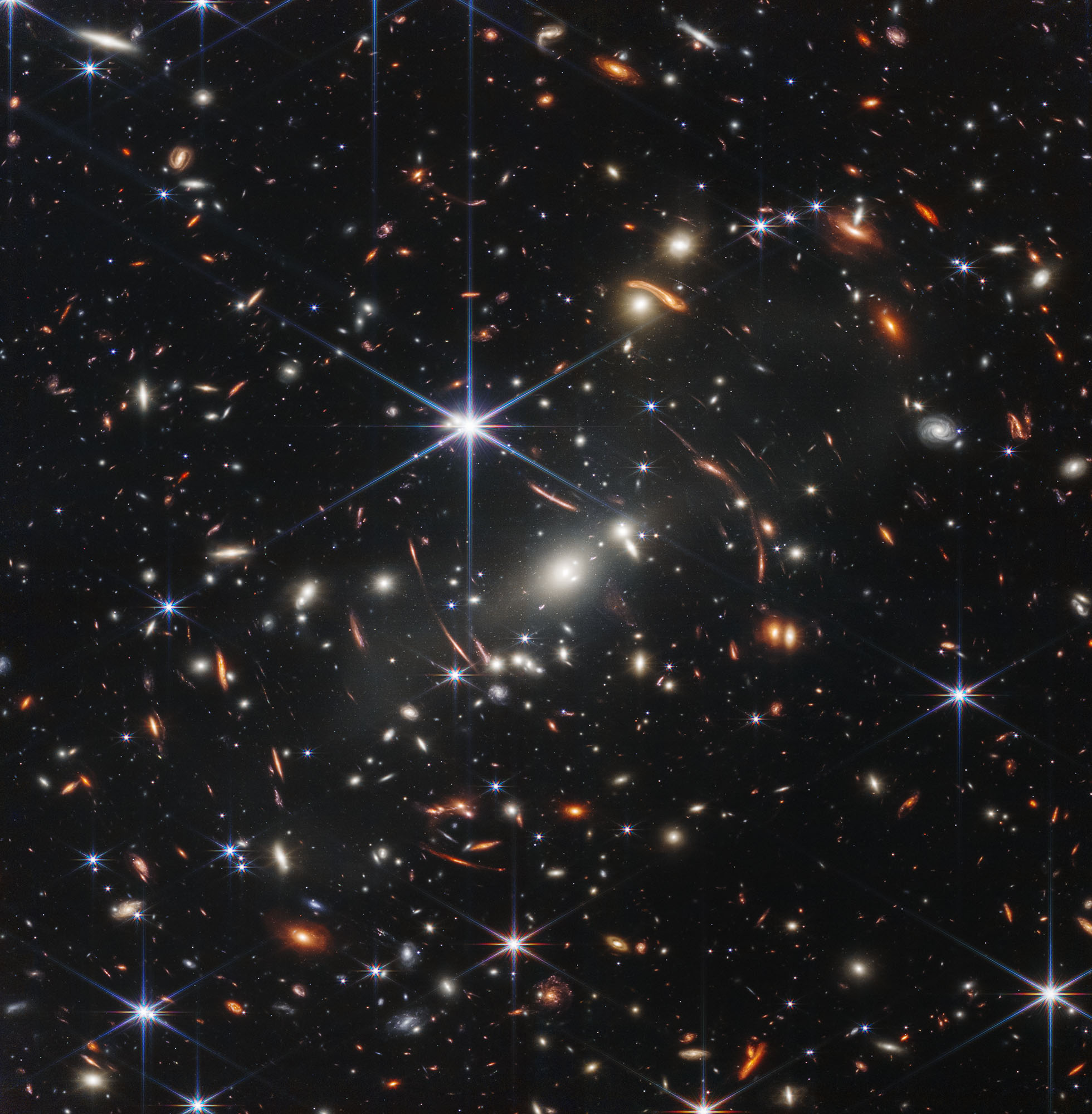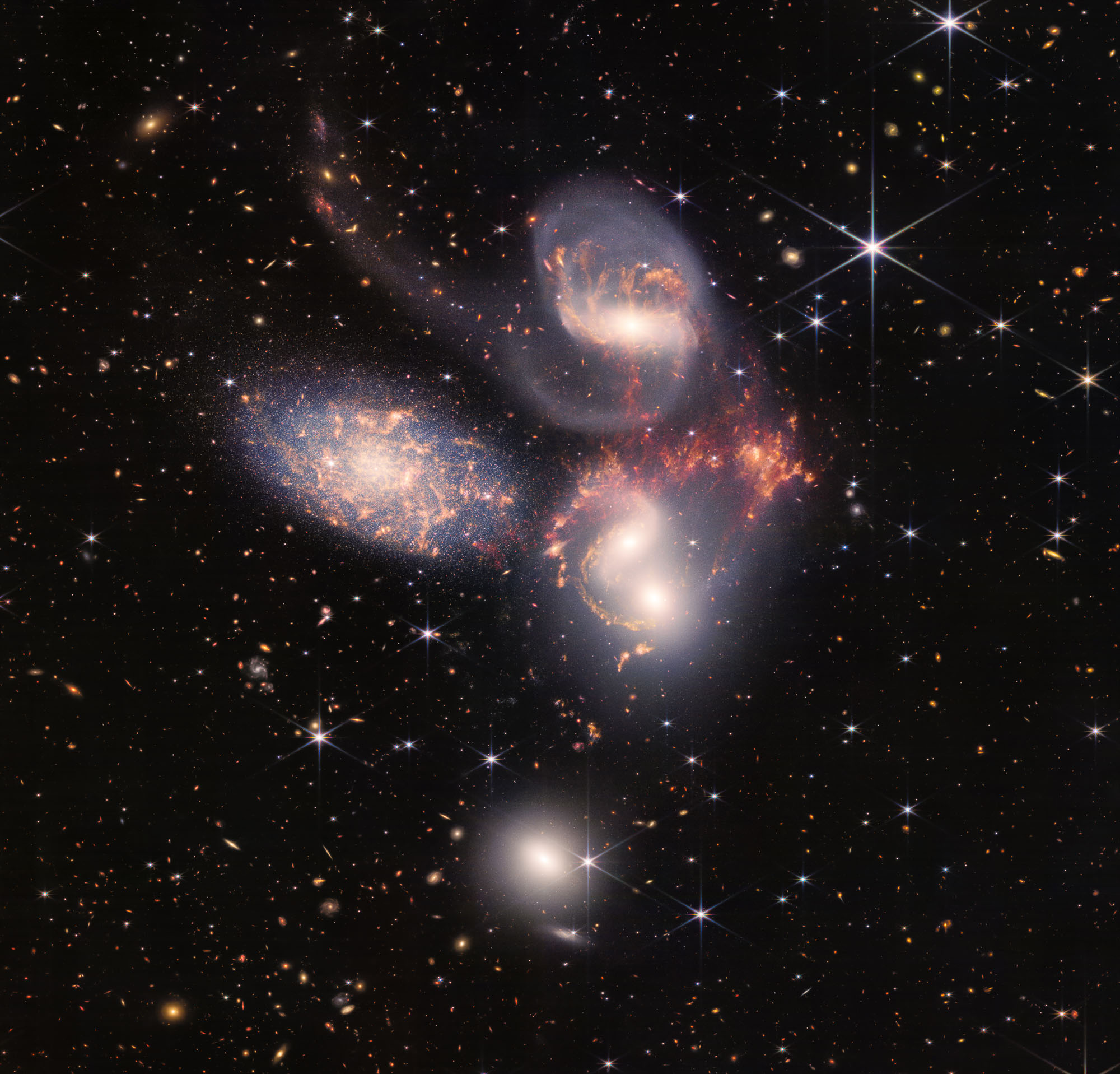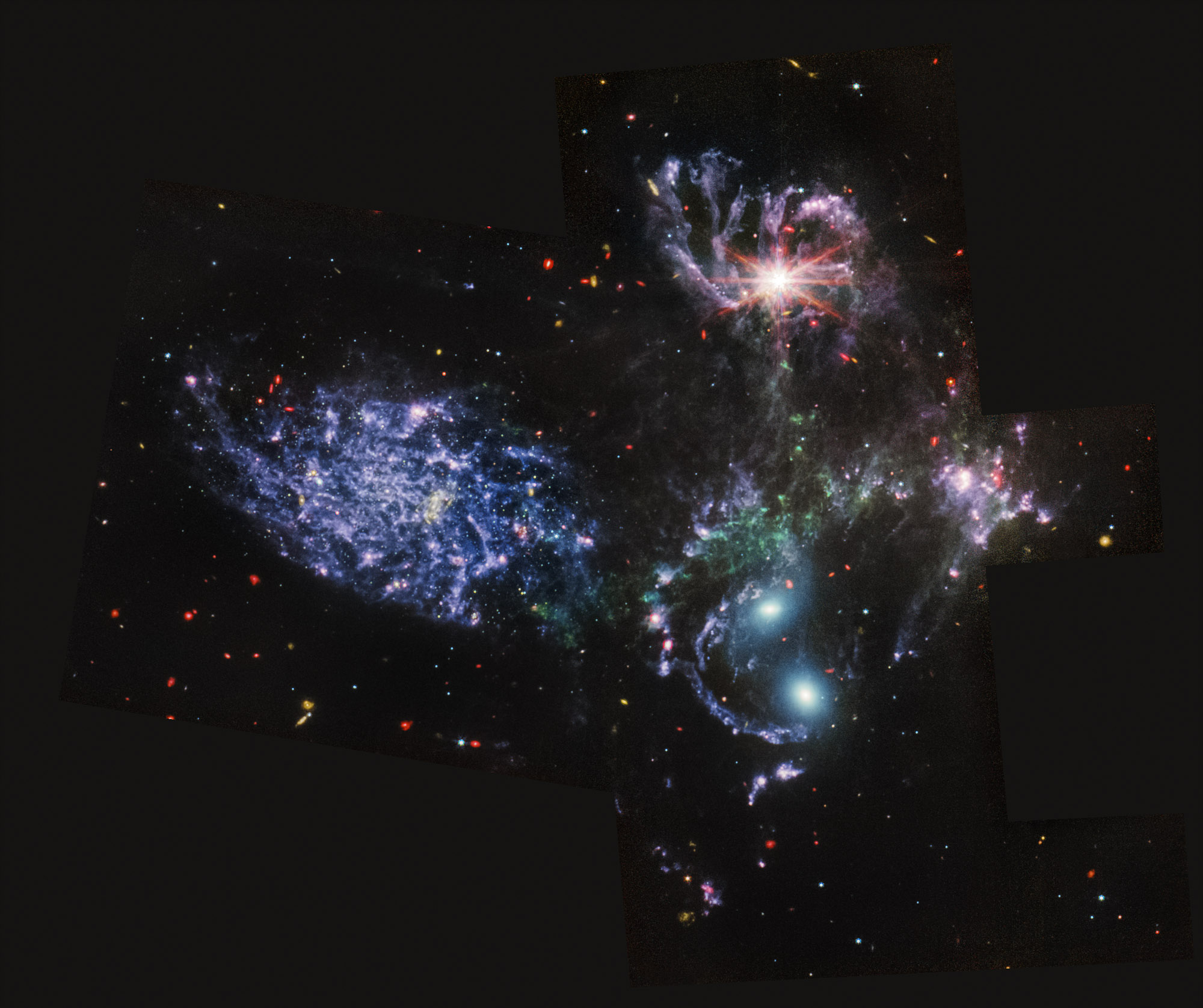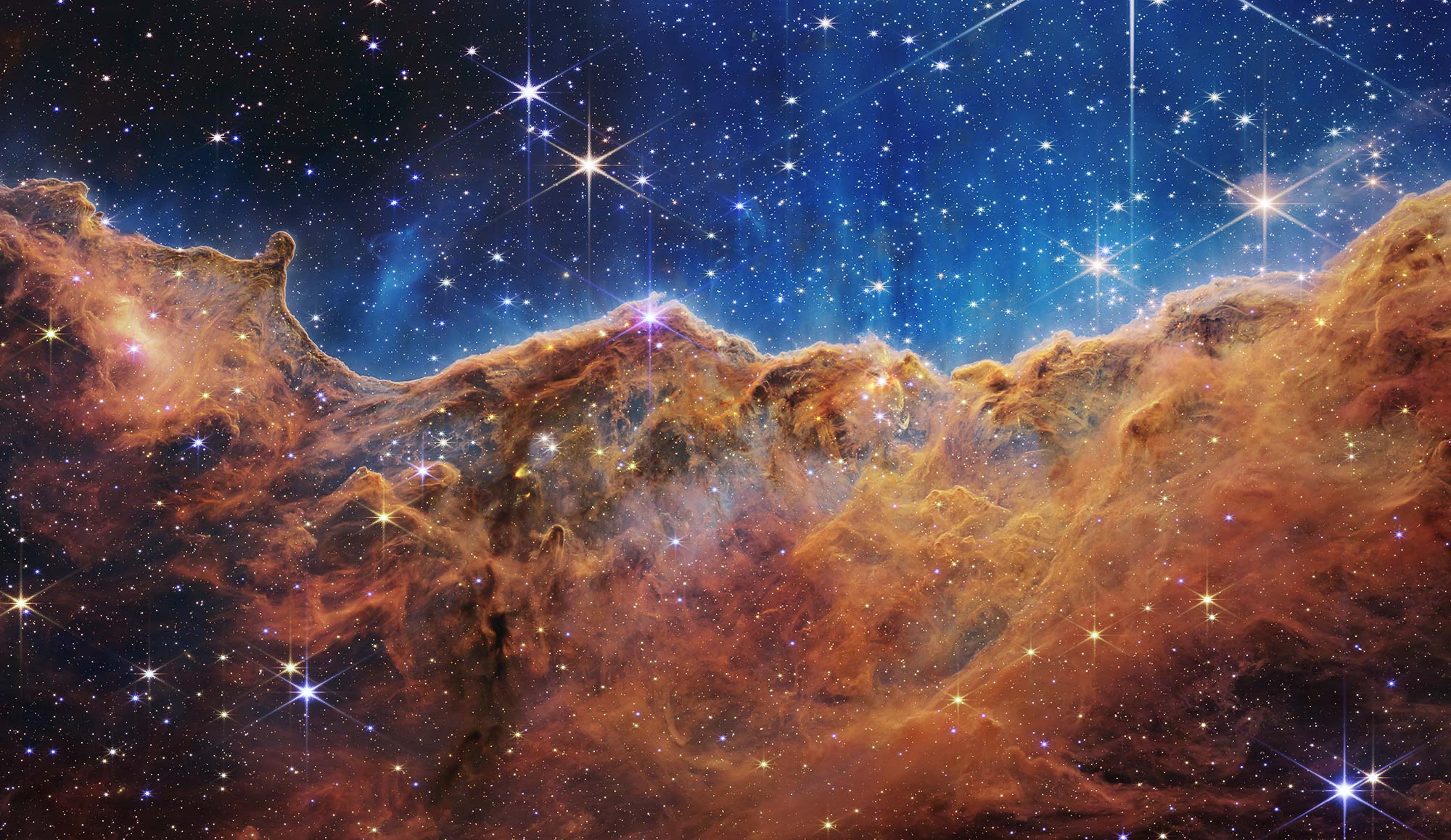Science Museum Oklahoma was selected to offer a first look
at the incredible images offered by the James Webb Space Telescope.
We're celebrating with a month filled with astronomy-themed activities!
July 12: Watch this space and social media as we provide the first glimpses of the oldest parts of the universe
July 16: Visit the museum for a day-long celebration with special activities including a virtual LIVE panel discussion with NASA scientists
July 28: Join our planetarium staff and the Oklahoma City Astronomy Club for a Celebration of Space Under the Stars from 8:30pm - 11:00pm. Learn more here!
About the James Webb Space Telescope
The James Webb Space Telescope’s revolutionary technology will study every phase of cosmic history—from within our solar system to the most distant observable galaxies in the early universe. Webb’s infrared telescope will explore a wide range of science questions to help us understand the origins of the universe and our place in it. Seeking Light from the First Galaxies in the Universe Webb will directly observe a part of space and time never seen before.
Webb will gaze into the epoch when the very first stars and galaxies formed, over 13.5 billion years ago. Ultraviolet and visible light emitted by the very first luminous objects has been stretched or “redshifted” by the universe’s continual expansion and arrives today as infrared light. Webb is designed to “see” this infrared light with unprecedented resolution and sensitivity. Exploring Distant Worlds and the Solar System Webb will also be a powerful tool for studying the nearby universe.
Scientists will use Webb to study planets and other bodies in our solar system to determine their origin and evolution and compare them with exoplanets, planets that orbit other stars. Webb will also observe exoplanets located in their stars’ habitable zones, the regions where a planet could harbor liquid water on its surface, and can determine if and where signatures of habitability may be present. Using a technique called transmission spectroscopy, the observatory will examine starlight filtered through planetary atmospheres to learn about their chemical compositions.
Observatory Webb is NASA’s largest and most powerful space science telescope ever constructed. Webb’s enormous size and frigid operating temperature present extraordinary engineering challenges. After launching from French Guiana, the observatory will travel to an orbit about one million miles away from Earth and undergo six months of commissioning in space—unfolding its mirrors, sunshield, and other smaller systems; cooling down; aligning; and calibrating. Astronomers worldwide will then be able to conduct scientific observations to broaden our understanding of the universe. Webb will also complement the science achieved by other NASA missions.
Partners Webb is an international collaboration between NASA and its partners, ESA (European Space Agency) and the Canadian Space Agency. Thousands of engineers and hundreds of scientists worked to make Webb a reality, along with over 300 universities, organizations, and companies from 29 U.S. states and 14 countries.
About the First Images
Below is the list of cosmic objects that Webb targeted for these first observations. These listed targets below represent the first wave of full-color scientific images and spectra the observatory has gathered, and the official beginning of Webb’s general science operations. They were selected by an international committee of representatives from NASA, ESA, CSA, and the Space Telescope Science Institute.
Carina Nebula. The Carina Nebula is one of the largest and brightest nebulae in the sky, located approximately 7,600 light-years away in the southern constellation Carina. Nebulae are stellar nurseries where stars form. The Carina Nebula is home to many massive stars, several times larger than the Sun.
WASP-96 b (spectrum). WASP-96 b is a giant planet outside our solar system, composed mainly of gas. The planet, located nearly 1,150 light-years from Earth, orbits its star every 3.4 days. It has about half the mass of Jupiter, and its discovery was announced in 2014.
Southern Ring Nebula. The Southern Ring, or “Eight-Burst” nebula, is a planetary nebula – an expanding cloud of gas, surrounding a dying star. It is nearly half a light-year in diameter and is located approximately 2,000 light years away from Earth.
Stephan’s Quintet: About 290 million light-years away, Stephan’s Quintet is located in the constellation Pegasus. It is notable for being the first compact galaxy group ever discovered in 1877. Four of the five galaxies within the quintet are locked in a cosmic dance of repeated close encounters.
SMACS 0723: Massive foreground galaxy clusters magnify and distort the light of objects behind them, permitting a deep field view into both the extremely distant and intrinsically faint galaxy populations.
For more information, visit: Webb's Launch GSFC/NASA
Copy and Images Courtesy of NASA
After the release of the images on Tuesday morning, NASA will host a live expert panel that evening at 5 p.m. to answer questions about Webb and the first images. To view the panel, visit this link: https://video.ibm.com/channel/nasa-gsfc
After the release of the images on Tuesday morning, NASA will host a live expert panel on Saturday, July 16 to answer questions about Webb and the first images. Submit your questions above and watch the panel live on July 16 beginning at 2:30 p.m. CT at the link below!
A Spanish version of the expert panel will also be available live on July 16 at 1 p.m. That panel will be streamed below.










